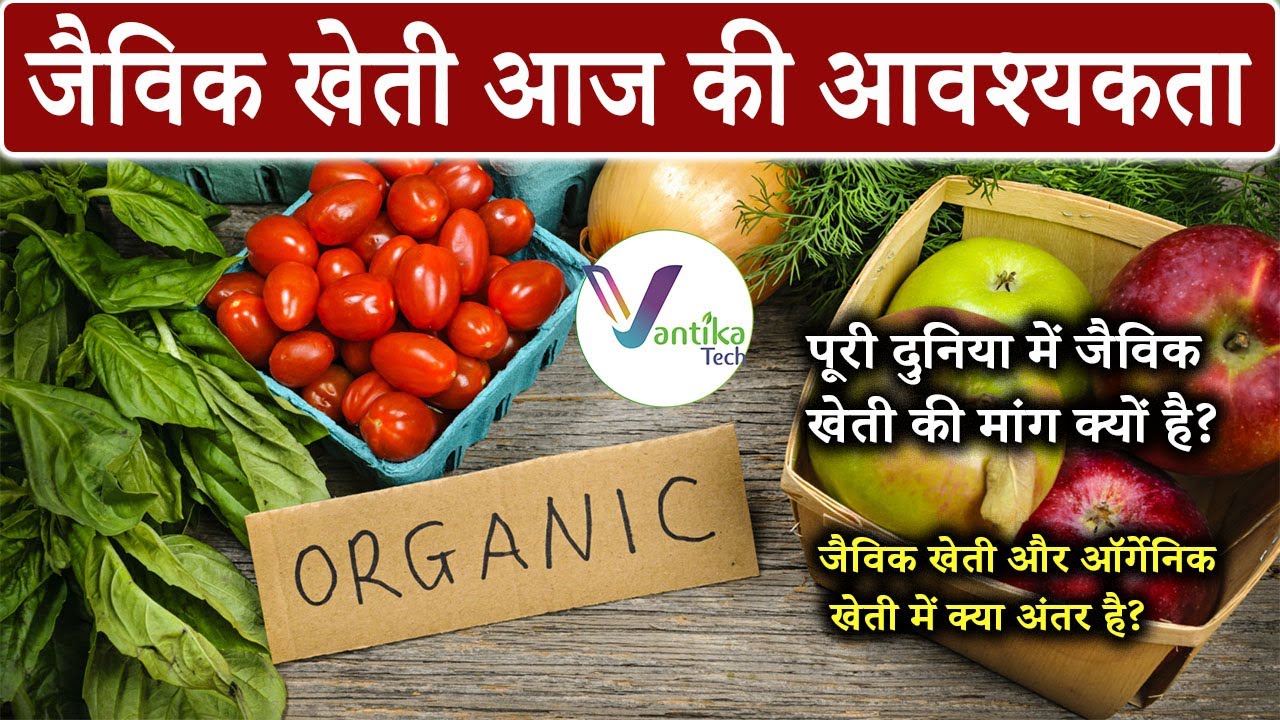In the realm of agriculture, the significance of soil microorganisms cannot be overstated. These microscopic organisms, including bacteria, fungi, archaea, and protozoa, form a complex web of life within the soil ecosystem. In this comprehensive blog, we delve deep into the scientific understanding of soil microorganisms and their multifaceted functions, shedding light on their profound impact on soil health, nutrient cycling, disease suppression, and the overall sustainability of agricultural systems.
Soil Microorganisms and Nutrient Cycling:
At the heart of soil fertility lies the intricate dance of nutrient cycling facilitated by soil microorganisms. Through various processes such as mineralization, immobilization, nitrification, and denitrification, these organisms actively participate in the transformation and recycling of essential nutrients, including nitrogen, phosphorus, and potassium. The dynamic interplay between microorganisms and plant roots ensures a constant supply of nutrients necessary for optimal crop growth and development.
Soil Microorganisms and Soil Structure:
The structural integrity of soil is intricately linked to the activities of soil microorganisms. Fungal hyphae, bacterial secretions, and other microorganism by-products contribute to the formation of stable soil aggregates, fostering a well-structured soil matrix. This enhanced soil structure facilitates root penetration, improves water infiltration and retention, and creates favourable microenvironments for beneficial soil organisms. The resulting porous soil architecture supports root development, nutrient uptake, and overall plant vigor.
Biological Control of Plant Diseases:
Harnessing the power of soil microorganisms for biological disease control is a promising alternative to chemical interventions. Certain microbial communities have evolved mechanisms to suppress plant pathogens through competitive exclusion, production of antimicrobial compounds, and induction of systemic resistance in plants. Understanding the interactions between beneficial microorganisms and pathogens paves the way for innovative strategies to manage plant diseases sustainably.
Soil Microorganisms and Carbon Sequestration:
In the face of climate change, soil carbon sequestration has gained significant attention. Soil microorganisms play a pivotal role in this process by decomposing organic matter and stabilizing carbon in the soil. By fostering conditions that support microbial biomass and activity, such as organic matter addition, reduced tillage, and diversified crop rotations, farmers can enhance carbon sequestration, mitigating greenhouse gas emissions and contributing to climate change adaptation.
Promoting Soil Microbial Activity:
To optimize the benefits derived from soil microorganisms, farmers can adopt specific practices that promote their abundance and activity:
Organic Amendments: Incorporating organic matter, such as compost or cover crops, enriches the soil with nutrients and organic substrates, fuelling microbial growth and diversity.
Crop Rotation and Diversification: Rotating crops and diversifying plant species fosters a varied microbial community, which can suppress pathogens, enhance nutrient cycling, and improve overall soil health.
Precision Nutrient Management: Balancing nutrient inputs, considering soil microbial requirements, and minimizing excessive fertilizer application helps maintain optimal nutrient levels while minimizing environmental impacts.
Soil Conservation Practices: Implementing soil erosion control measures, contour plowing, and terracing preserves soil structure and prevents nutrient loss, ensuring a conducive environment for soil microorganisms to thrive.
Conclusion:
The intricate web of soil microorganisms holds the key to sustainable and resilient agriculture. By embracing a scientific understanding of their functions and adopting practices that foster their presence, farmers can unlock the tremendous potential of soil microorganisms to enhance soil health, nutrient cycling, disease suppression, and carbon sequestration. As we journey towards a more sustainable future, let us recognize and appreciate the invaluable role of these tiny but mighty organisms beneath our feet.
Thank you for joining us on this scientific exploration of soil microorganisms and their profound impact on farming.
#soilmicroorganisms #farming #nutrientcycling #soilstructure #biologicalcontrol #plantdiseases #carbonsequestration #sustainableagriculture #organicamendments #croprotation #precisionnutrientmanagement #soilconservation








No comments:
Post a Comment